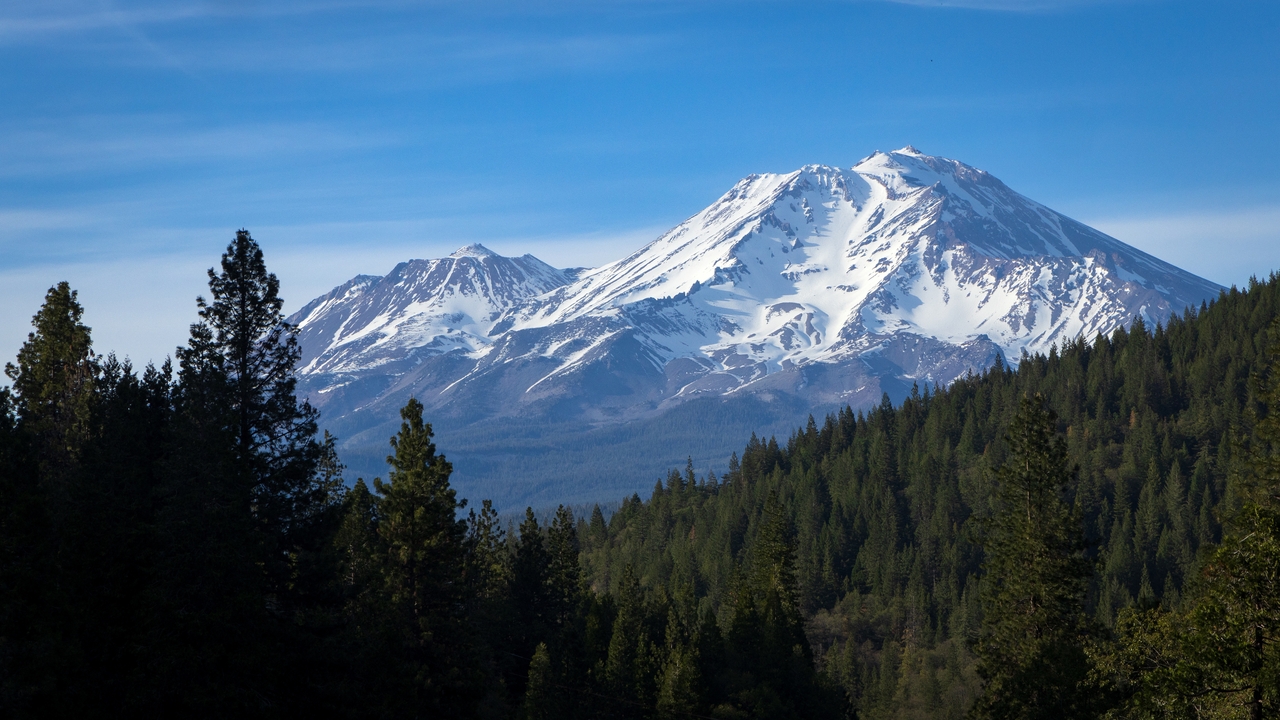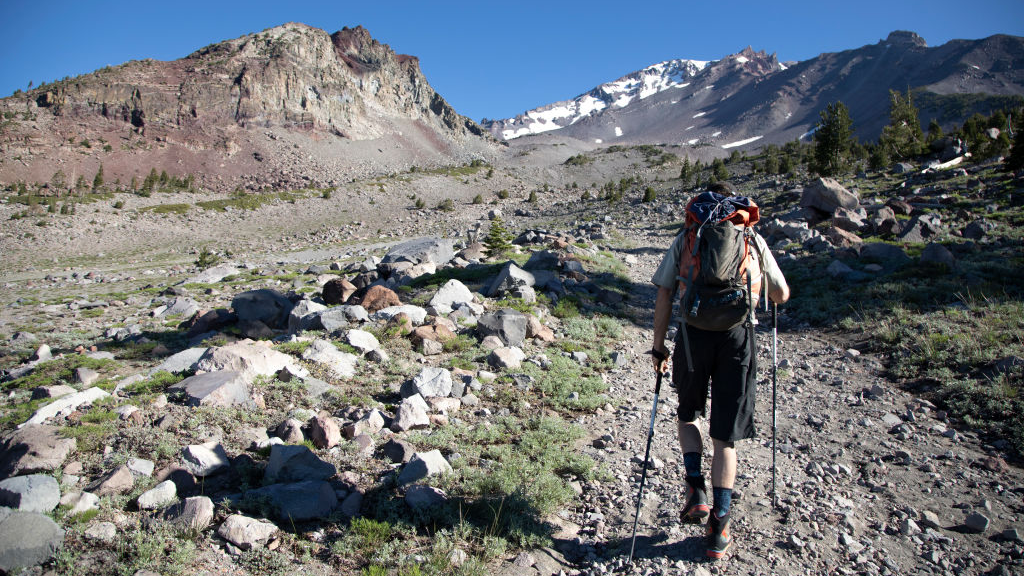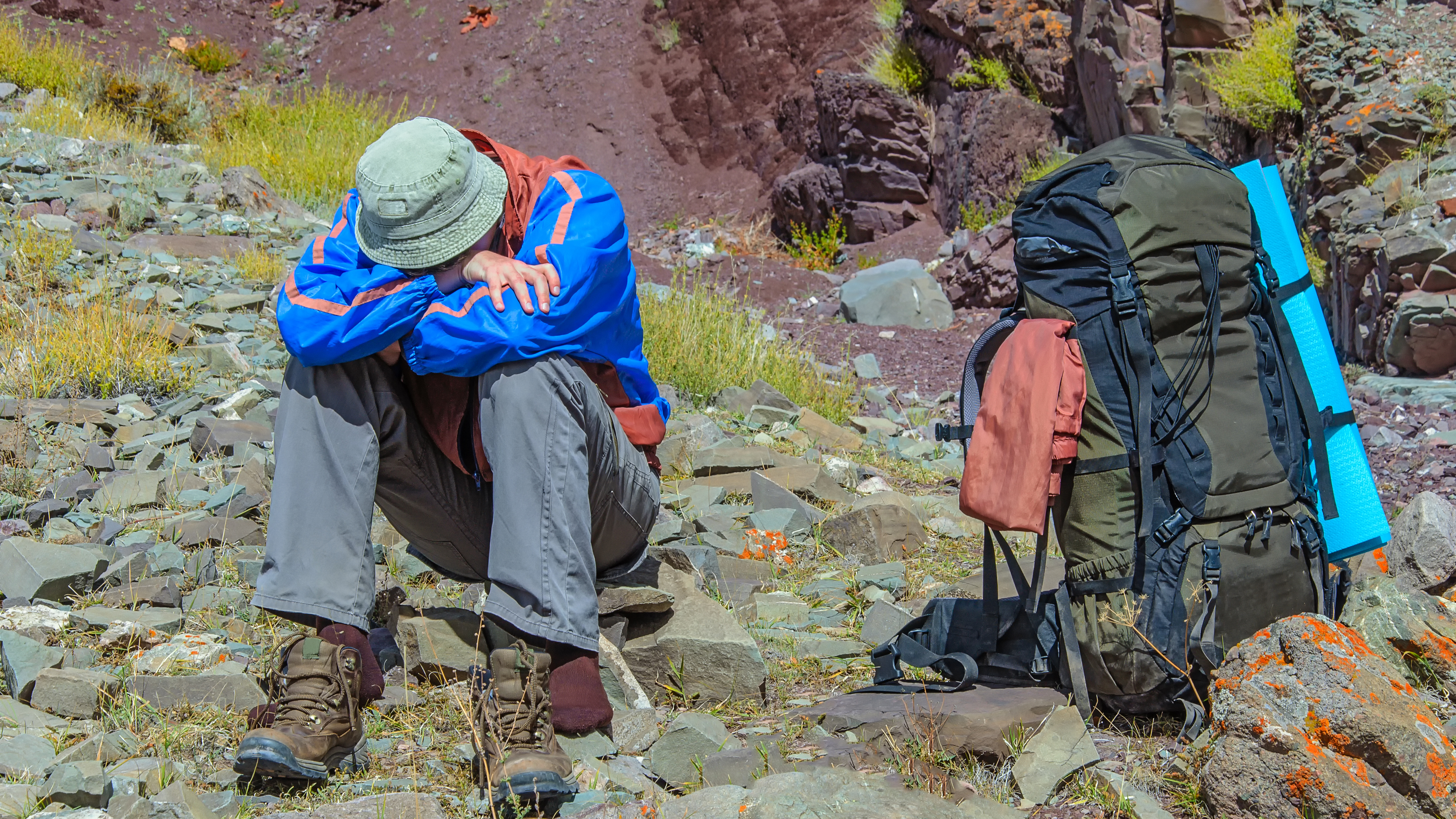
A 50-year-old climber has died after showing signs of altitude sickness and sustaining serious injuries on Mount Shasta in California's Southern Cascade mountain range.
The unnamed man was descending from the 14,179ft (4,322m) peak when the weather took a turn for the worse and he became disorientated. He also lost contact with his climbing partner in heavy rain and low visibility.
Upon reaching base camp, his companion was unable to contact his friend and called 911 to request emergency help. A nearby search and rescue team promptly launched a rescue effort, but was delayed until the next morning by unforgiving snow and rain on the mountain.
On Sunday, August 17, a search and rescue helicopter located the man's body "at the base of a cliff, wedged between the scree slope and an ice sheet", according to a Facebook post by Siskiyou County Sheriff’s Office.
Nick Meyers, of the US Forest Service, told SFGate that the man was found several thousand feet lower than the mountain's base camp, and he likely suffered "a slip and fall on the steep section of the mountain".
Mountain safety
Following the incident, the Siskiyou County Sheriff’s Office warned about the risks of high-altitude climbing.
"This climbing accident is the sixth call for service the Sheriff's Office has received on the Clear Creek route in the past two weeks, underscoring that even one of the 'safest' routes up Mount Shasta needs to be approached with significant preparation and caution," continued its Facebook post.

"Multiple hazards, including falling rock, exposed cliff edges, difficult-to-navigate terrain, and the ever-present risk of rapidly changing weather can make this non-technical climb a perilous endeavour for any climber despite their skill and experience level.
"Thus, we encourage everyone attempting to summit the mountain to have a personal SOS beacon, a GPS device to stay on-route, and ideally one or more climbing partners."
What is altitude sickness?
Altitude sickness is caused by exposure to dangerously low oxygen levels at altitude. Common symptoms include headaches, nausea, dizziness, and shortness of breath, but sufferers can sometimes experience more severe effects like hallucinations.

To mitigate the risks, climbers often acclimatize to the low oxygen levels by spending time in the mountains or sleeping in hypoxic tents, which mimic the arduous alpine conditions and prepare their bodies for altitude.
For more information, check out our expert guide to avoiding altitude sickness.
- The best first aid kits: be prepared for accidents and emergencies
- The best ice axes: for tackling frozen terrain







